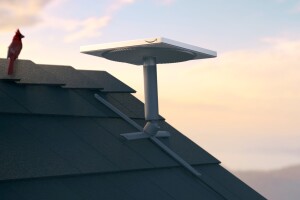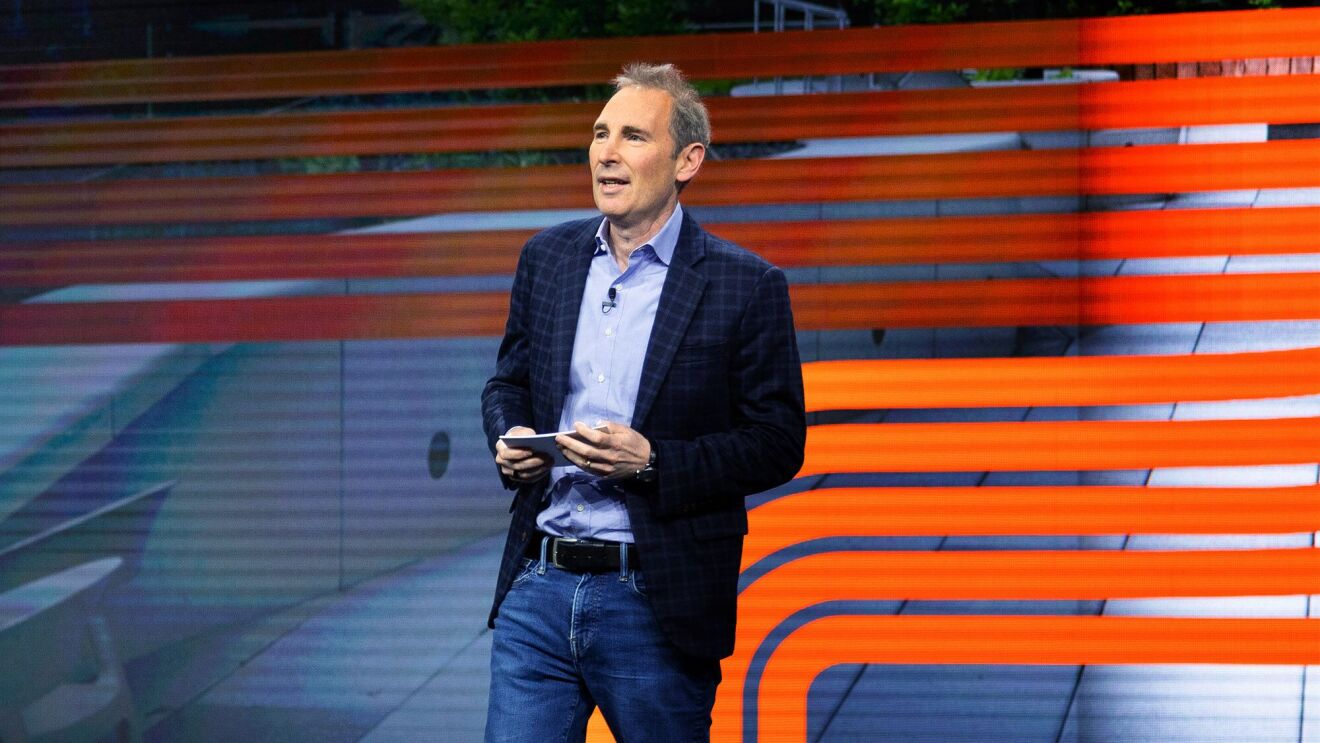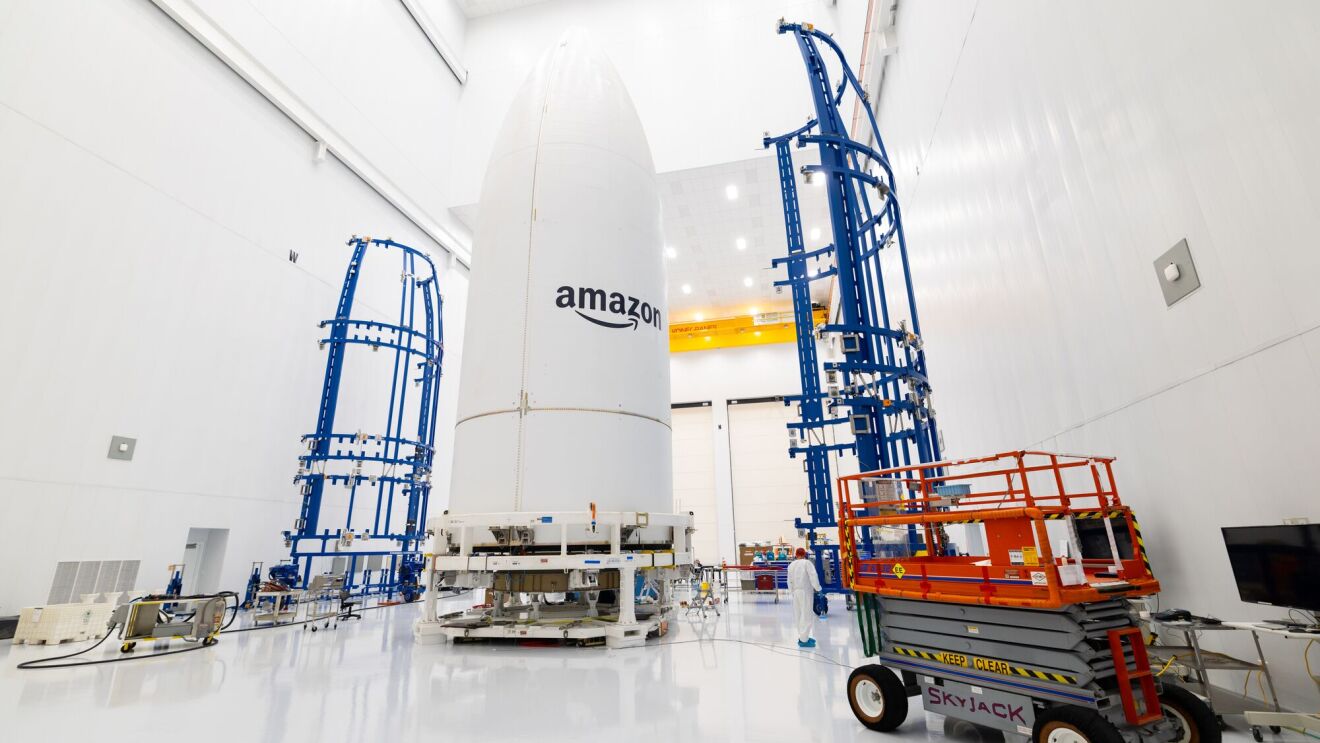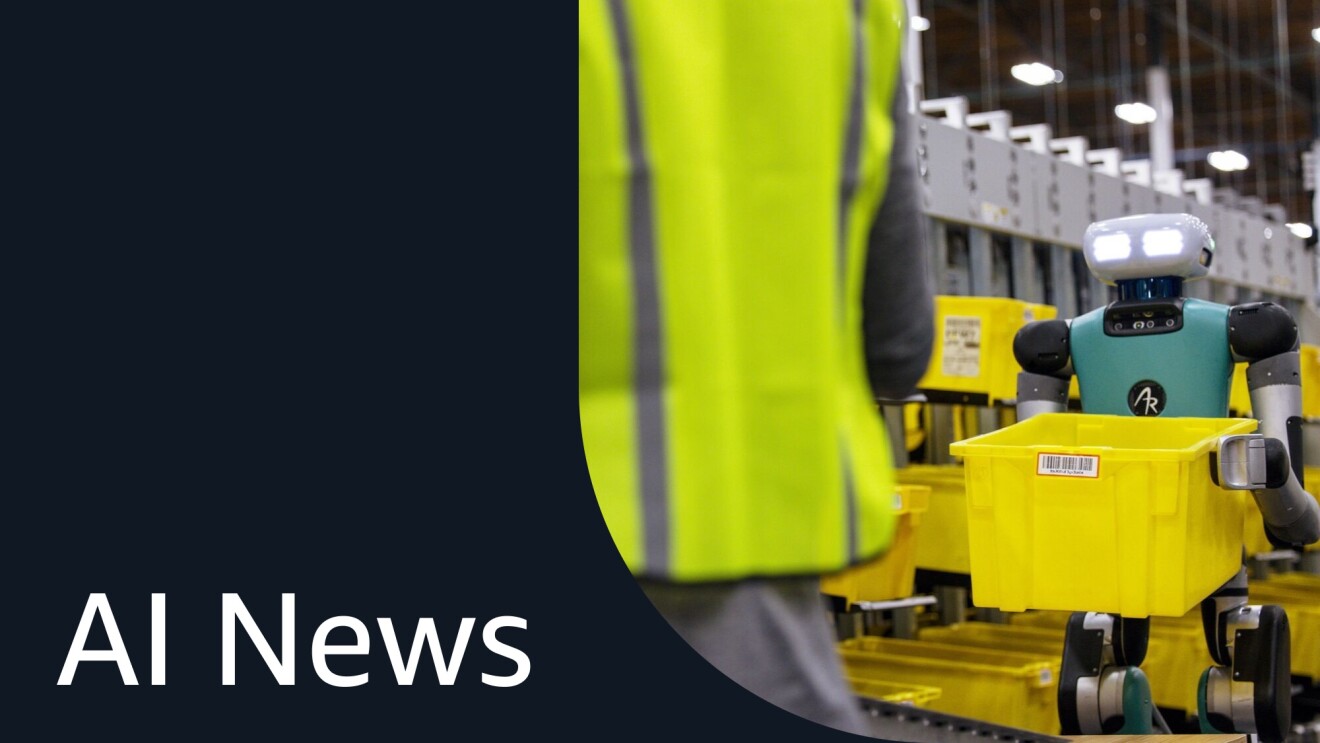Project Kuiper, Amazon’s low Earth orbit satellite broadband initiative, will provide fast, affordable connectivity to tens of millions of customers in unserved and underserved communities around the world. Our network will serve individual households, as well as schools, hospitals, businesses, government agencies, and other organizations operating in rural and hard-to-reach places without reliable internet.
To deliver on this mission, we need to help protect the different environments in which we’re operating—on Earth and in space. The Project Kuiper team has prioritized space safety and sustainability from day one, and these principles have influenced every aspect of our satellite network, from satellite design and operational plans to the architecture of the constellation itself.
Satellite design
When designing the Kuiper System, one of the most important decisions we made was to include active propulsion systems on every satellite in the constellation. This gives us the ability to control each satellite throughout every phase of its mission. Instead of relying solely on gravitational forces, we can actively maneuver satellites to help maintain distance from other spacecraft and avoid existing debris in low Earth orbit.
Our propulsion system includes two key components: a hall-effect thruster that propels the satellite, and a propulsion tank that holds enough propellant for the mission. We’ve conducted extensive testing—both internally and with external partners, including NASA—to test the safety and reliability of our propulsion tanks, and we will use our upcoming prototype mission to further study and improve the system. The testing included firing projectiles to simulate the impact of micrometeoroids and small space debris and minimize debris creation if this type of small debris impact occurred on-orbit.
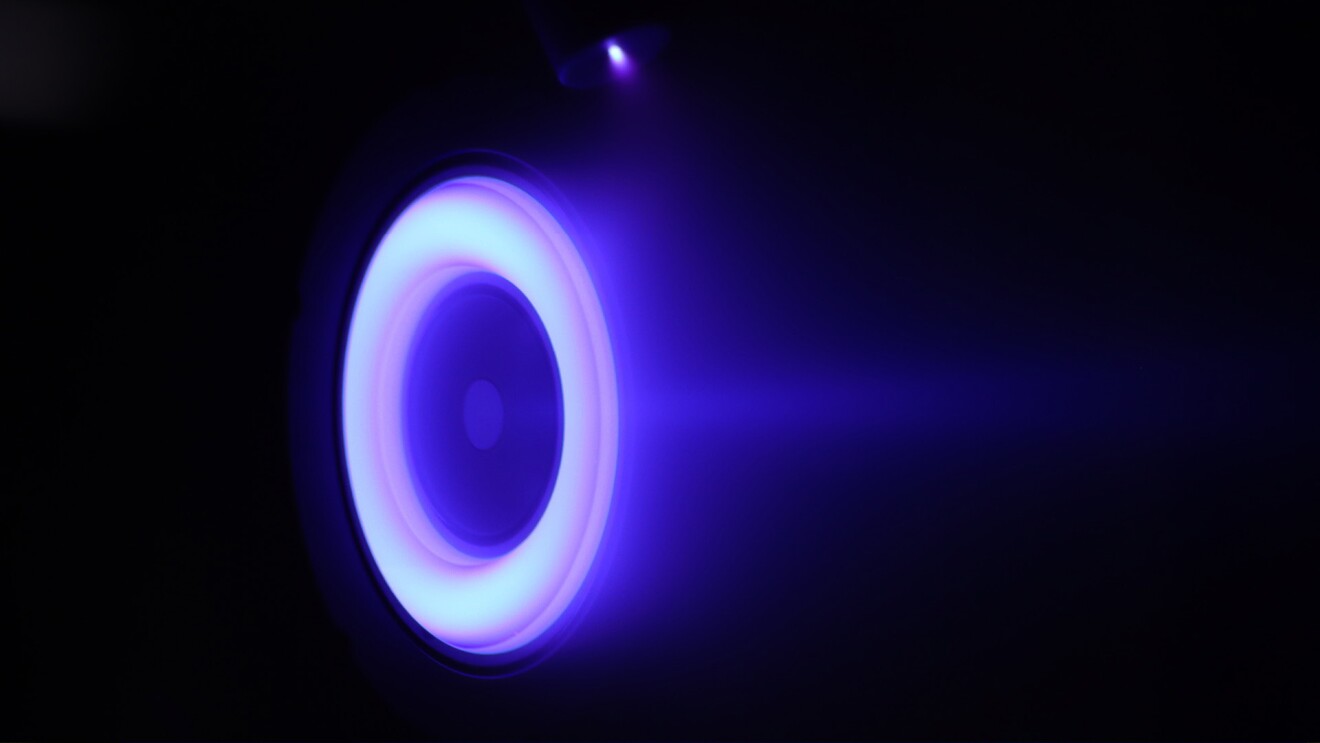 Test firing of the Kuiper hall-effect thruster used aboard Kuiper prototype satellites.
Test firing of the Kuiper hall-effect thruster used aboard Kuiper prototype satellites.We’ve applied a similar focus to the rest of the satellite design. We selected materials that can better withstand potential impacts and ensure active satellite demise, and included elements like Whipple shielding to protect critical components like the battery, flight computer, and propellant tank.
Constellation design
In addition to these individual satellite design choices, we also prioritized space safety when architecting our overall constellation. The Kuiper System will operate at low altitudes between 590 and 630 kilometers (roughly 367 to 391 miles) above Earth, which allows for quick and reliable deorbit of satellites at the end of their mission, and each satellite will operate within 9 kilometers of its assigned altitude, helping reduce potential overlap with other satellites in orbit. Our onboard propulsion systems are designed to actively deorbit satellites within a year of their mission ending, and these low altitudes ensure that, even in the event of a propulsion system failure, non-operational spacecraft will decay in a timely manner.
Operational plans
Data and information sharing between satellite operators is another critical part of minimizing the risk of collision and harmful generation of orbital debris. We will precisely position the satellites in our Kuiper constellation and operate them with synchronized, clockwork-like movements. We will also share information with other operators, and because our satellites follow predictable trajectories, other spaceflight operators will be able to set and adjust flight paths accordingly.
Specifically, Amazon will share ephemeris data and other appropriate operational information with spaceflight operators via portals such as Space-Track, which tracks satellites and space probes orbiting Earth. We will also coordinate with the Trajectory Optimization and Planning Office at NASA’s Johnson Space Center, which will help eliminate any potential flight hazards to human spaceflight or the International Space Station.
Project Kuiper was designed to operate alongside existing satellite systems, and we’re consistently examining and refining our understanding of the orbital environment to advance orbital debris protection, reduce interference risks, and promote coexistence with other operators. That is why we support efforts such as the Net Zero Space Initiative and have pledged to support the goal of safe space operations and the long-term sustainability of space, an important foundation for a robust and innovative space industry.
Operating in space comes with a responsibility to preserve a safe environment for exploration and innovation. The Federal Communications Commission (FCC) recently approved our orbital debris mitigation plan, and as we begin to launch our Kuiper satellites, we remain committed to ensuring safe space operations and the long-term sustainability of space for future generations. To read more about our work in this area, visit the orbital debris mitigation plan we submitted to the FCC.
Trending news and stories
- Amazon Pet Day 2025 is coming May 13-14 with 48 hours of deals on pet products and supplies
- LinkedIn names Amazon a top US company where people want to work for the eighth year in a row
- CEO Andy Jassy’s 2024 Letter to Shareholders
- AWS is first major cloud provider to deliver Mistral AI’s Pixtral Large as a fully managed, serverless model



